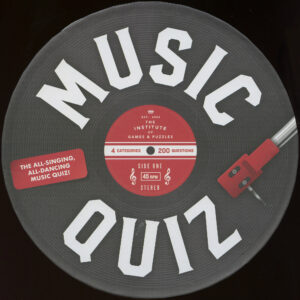The New York Times obituary, written by Tim Weiner, says that King “married country blues to big-city rhythms” to create an unmistakable sound. The theme – that King was instrumental in increasing the reach of the most American of genres – continues in the piece:
The music historian Peter Guralnick once noted that Mr. King helped expand the audience for the blues through “the urbanity of his playing, the absorption of a multiplicity of influences, not simply from the blues, along with a graciousness of manner and willingness to adapt to new audiences and give them something they were able to respond to.”
Riley B. King — The “B.” apparently didn’t stand for anything — was, of course, better known as BB. That stood for Blues Boy, which had been shortened from “Beale Street Blues Boy,” his performing name in Memphis.
King was born in 1925 on a plantation near Itta Bena, Mississippi. He was the son of sharecroppers. The story of King’s growth and maturation is a trip through blues history. As a youth, he sang in the gospel choir at the Elkhorn Baptist Church in Kilmichael, MS. Wikipedia offers two stories on how he got his first guitar. One is that he bought it for $15. The other is that blues guitarist Bukka White – a cousin on his mother’s side – gave it to him.
In 1943, he left Kilmichael and played guitar with the Famous St. John’s Quartet in Inverness, MS. This included radio exposure. Three years later, he moved to Memphis and lived with White for most of a year. He “began to develop an audience” when he made appearances on Sonny Boy Williamson’s show on KWEM in West Memphis.
The story moves on from there. It includes a key turning point, according to Wikipedia:
It was there that he first met T-Bone Walker. King said, “Once I’d heard him for the first time, I knew I’d have to have [an electric guitar] myself. ‘Had’ to have one, short of stealing!”
Above is “Stormy Monday” and below is “The Thrill is Gone.”
Wikipedia and The New York Times were used to write this post. Home page image: Heinrich Klaffs.










